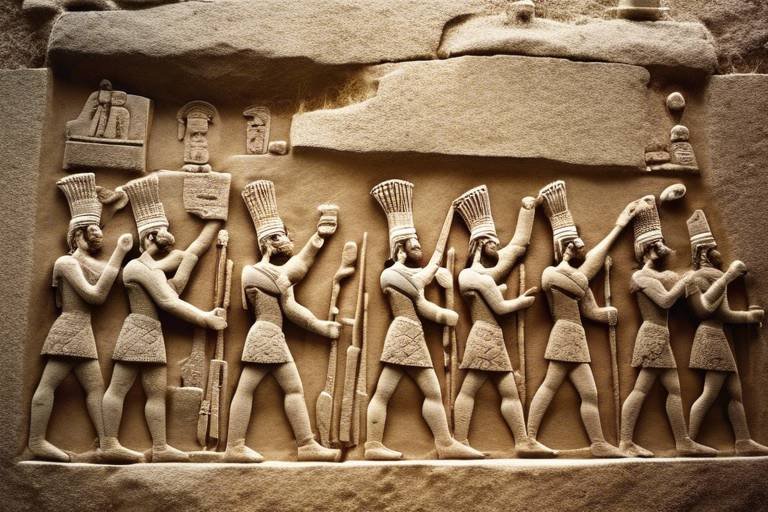The Forgotten Civilizations of the Aegean Sea
Embark on a journey back in time to explore the ancient civilizations that once flourished amidst the shimmering waters of the Aegean Sea. These forgotten societies, including the Minoans, Mycenaeans, and Cycladic cultures, have left an indelible mark on history through their remarkable contributions to art, architecture, trade, and maritime activities.
The Minoans, shrouded in mystery and intrigue, beckon us to unravel the secrets of their advanced civilization nestled in the island of Crete. Admire their opulent palaces adorned with vibrant frescoes, marvel at the intricacies of their pottery, and ponder the enigmatic connection to the fabled land of Atlantis. What led to their sudden disappearance, leaving behind a legacy that continues to captivate scholars and dreamers alike?
Turning our gaze towards the mainland of Greece, we encounter the formidable Mycenaeans, renowned for their imposing citadels and warrior ethos. Delve into the mysteries of the Linear B script and the echoes of the Trojan War that resonate through the annals of history. How did their economic prowess and political structure shape the destiny of this mighty civilization?
On the serene Aegean islands, the Cycladic culture beckons with its artistic allure and minimalist aesthetics. Admire the elegant marble figurines that embody a timeless elegance and ponder the influence of these artisans on modern art movements. What can we learn from their burial customs, maritime networks, and intricate societal hierarchies?
Traverse the maritime trade routes that once linked these ancient civilizations with distant lands such as Egypt, Mesopotamia, and Anatolia. Witness the exchange of goods, ideas, and technologies that flowed through the Aegean, shaping a tapestry of cultural influences that endure to this day.
Uncover the religious beliefs and rituals that permeated the daily lives of the Aegean inhabitants, from the worship of the Minoan Mother Goddess to the pantheon of the Mycenaeans and the fertility cults of the Cycladic islands. Explore how religion intertwined with art, governance, and the fabric of society, leaving an indelible mark on the ancient world.
Marvel at the technological advancements achieved by these civilizations, from innovative architectural feats to sophisticated bronze metallurgy and advanced shipbuilding techniques. Witness how their agricultural practices and engineering prowess laid the foundation for future societies across the Mediterranean region.
As we reflect on the decline and legacy of the Aegean civilizations, we are reminded of the fragility of empires in the face of natural disasters, invasions, and internal strife. Yet, their enduring legacy lives on in the realms of art, literature, mythology, and the ongoing archaeological discoveries that continue to shed light on their enigmatic past.
Join us in the realm of modern discoveries and interpretations, where groundbreaking archaeological findings and scholarly insights breathe new life into the ancient Aegean civilizations. Explore the evolving narratives, preservation efforts, and the vital importance of studying these forgotten cultures to unravel the tapestry of human history.
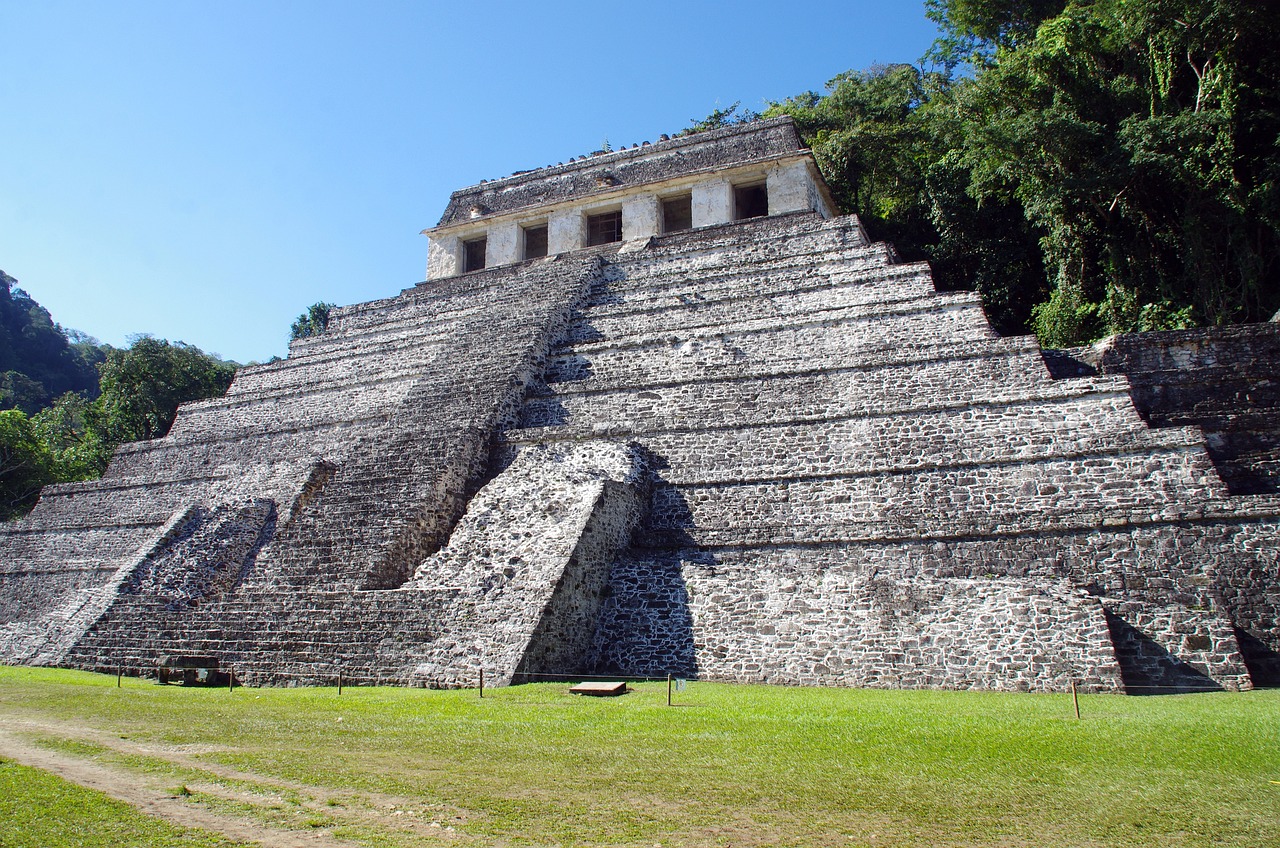
The Mysterious Minoans
The Minoan civilization, shrouded in mystery and intrigue, flourished on the island of Crete during the Bronze Age. Renowned for their advanced architectural achievements, vibrant frescoes, and intricate pottery, the Minoans left a lasting impact on the art and culture of the ancient world. Their sprawling palaces, such as the iconic Palace of Knossos, reflect a sophisticated society with a keen eye for aesthetics and innovation.
One of the most captivating aspects of the Minoans is their potential connection to the legendary lost city of Atlantis. The enigmatic disappearance of the Minoan civilization has fueled speculation and fascination for centuries, with some scholars theorizing that their downfall may have inspired the Atlantis myth. Despite numerous theories, the exact reasons behind the sudden collapse of Minoan society remain a subject of debate and mystery.
Exploring the religious practices of the Minoans unveils a complex pantheon of deities, with a particular emphasis on the worship of the Mother Goddess. Intriguing figurines and artifacts depict a society deeply intertwined with nature and fertility rituals, offering insights into their spiritual beliefs and worldview. The mysterious symbols and rituals of the Minoans continue to captivate archaeologists and historians, shedding light on their enigmatic culture.
Moreover, the social structure of the Minoans hints at a prosperous and egalitarian society, where women enjoyed a prominent role in both religious and secular affairs. The intricate artwork and intricate architecture of the Minoans reflect a society that valued beauty, creativity, and harmony with the natural world. Their legacy endures through the ages, inspiring artists, scholars, and dreamers to unravel the mysteries of this ancient civilization.
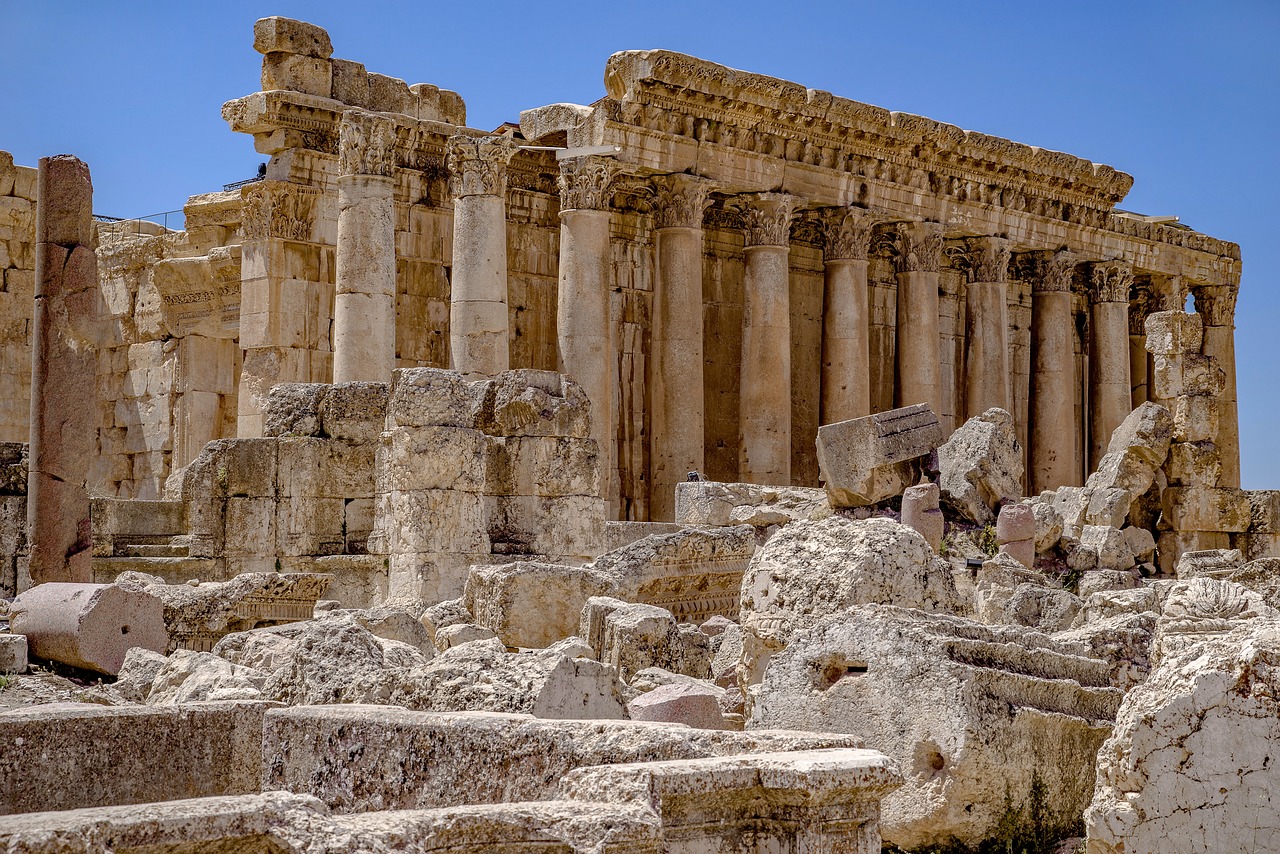
The Mighty Mycenaeans
The Mighty Mycenaeans were a formidable ancient civilization that flourished in mainland Greece during the late Bronze Age. Known for their powerful citadels, such as the famous fortress of Mycenae, these skilled warriors left a lasting impact on the region's history. The Mycenaeans were not only military experts but also excelled in various aspects of culture and society, showcasing a sophisticated society that rivaled other contemporary civilizations.
One of the most intriguing aspects of the Mycenaean civilization was their involvement in the legendary Trojan War, as immortalized in Homer's epic poems. The Mycenaeans' military prowess and strategic acumen are evident in their architectural achievements, including the impressive defensive structures found at Mycenae and Tiryns. These fortified citadels served as centers of power and symbols of Mycenaean authority.
Moreover, the Mycenaeans developed a script known as Linear B, which was used for administrative and accounting purposes. This early form of writing provides valuable insights into the Mycenaean economy, trade networks, and social organization. The decipherment of Linear B has significantly enhanced our understanding of this ancient civilization and its complex society.
Despite their military might and cultural achievements, the Mycenaeans eventually faced challenges that led to their decline. Factors such as internal strife, external invasions, and economic instability contributed to the gradual unraveling of the Mycenaean world. The collapse of their civilization marked the end of the Bronze Age in Greece and paved the way for the emergence of new societies in the region.

The Artistic Cycladic Culture
The Artistic Cycladic Culture flourished on the Aegean islands during the Early Bronze Age, leaving a lasting impact on the art world. Known for their exquisite marble figurines, the Cycladic people embraced a minimalist aesthetic that continues to inspire modern art movements. These figurines, often depicting human forms with elongated features and abstract shapes, showcase the artistic sophistication of the Cycladic civilization.
One of the most intriguing aspects of Cycladic art is its emphasis on simplicity and elegance. The artists of this culture demonstrated a remarkable ability to capture the essence of the human form using minimalistic techniques. The smooth, white marble statues exude a sense of serenity and timelessness, reflecting the Cycladic people's reverence for beauty and harmony.
Moreover, the Cycladic culture's artistic achievements were not limited to figurines. They also excelled in pottery, creating vessels adorned with geometric patterns and intricate designs. These artifacts not only served practical purposes but also reflected the Cycladic people's artistic sensibilities and craftsmanship.
Additionally, the burial customs of the Cycladic civilization provide valuable insights into their societal hierarchy and religious beliefs. The inclusion of marble figurines in tombs suggests a belief in the afterlife and the importance of honoring the deceased. These burial practices reveal a deep connection between art, spirituality, and daily life in Cycladic society.
Furthermore, the maritime trade networks of the Aegean allowed the Cycladic culture to interact with other civilizations, facilitating the exchange of artistic ideas and influences. The Cycladic artists drew inspiration from diverse sources, incorporating elements from Egypt, Mesopotamia, and beyond into their creations. This cultural exchange enriched the artistic landscape of the Aegean region and contributed to the Cycladic civilization's artistic legacy.

Trade and Commerce in the Aegean
Trade and commerce played a pivotal role in the prosperity and interconnectedness of the Aegean civilizations, facilitating the exchange of goods, ideas, and cultural influences across the region and beyond. The maritime trade routes of the Aegean Sea served as vital conduits linking civilizations such as Egypt, Mesopotamia, Anatolia, and the Mediterranean world.
The Aegean civilizations engaged in a bustling trade network, where commodities like olive oil, wine, pottery, textiles, metals, and luxury items were exchanged for raw materials, exotic goods, and resources. This trade not only fueled economic growth but also fostered cultural diffusion and technological exchange among diverse societies.
At the heart of Aegean commerce were bustling port cities like Knossos, Mycenae, and Akrotiri, which served as hubs for trade activities, warehousing, and transshipment of goods. These urban centers thrived on the influx of merchants, sailors, and artisans from distant lands, creating a vibrant cosmopolitan environment.
The Aegean civilizations were adept sailors and shipbuilders, utilizing advanced maritime technologies to navigate the treacherous waters of the Mediterranean. Their sturdy vessels facilitated long-distance trade expeditions, enabling the exchange of valuable commodities and fostering cultural interactions with distant civilizations.
Trade not only enriched the material wealth of the Aegean societies but also enriched their cultural tapestry, as evidenced by the artistic motifs, architectural styles, and religious practices that bore the imprint of foreign influences. The bustling marketplaces and commercial exchanges were crucibles of innovation and creativity, shaping the artistic, social, and political landscapes of the ancient Aegean world.
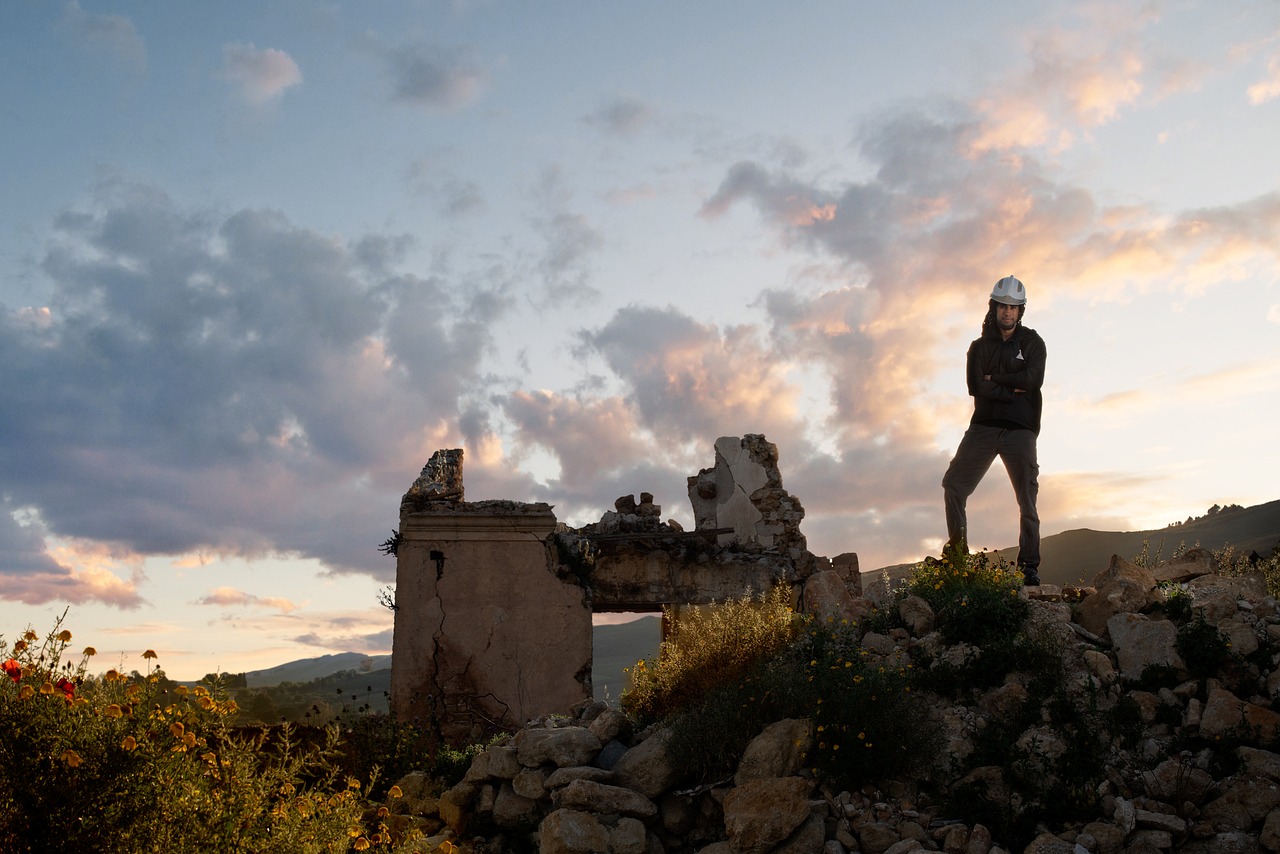
Religion and Rituals of the Aegean
Religion and rituals played a central role in the lives of the Aegean civilizations, shaping their beliefs, practices, and societal structures. The Minoans, known for their reverence of nature and fertility, worshipped a diverse pantheon of deities, with the Minoan Mother Goddess holding a prominent position. Their religious ceremonies often involved elaborate processions, sacred rituals, and offerings to appease the gods. In contrast, the Mycenaeans had a more militaristic and hierarchical religious system, with a pantheon of gods resembling the later Greek deities. Their rituals included sacrifices, libations, and ceremonies to honor the gods and seek their favor in war and prosperity.
Similarly, the Cycladic culture had its own unique religious practices, focusing on fertility cults and rituals related to the cycle of life and death. The Cycladic figurines, often found in graves, are believed to represent deities or ancestral spirits, symbolizing the connection between the living and the dead. These intricate figurines reflect the spiritual beliefs and funerary customs of the Cycladic people, highlighting the importance of death and rebirth in their religious worldview.
Religion permeated every aspect of Aegean society, influencing art, architecture, governance, and daily life. Temples, shrines, and religious artifacts were integral to the cultural landscape, serving as centers of worship and communal gatherings. The Mycenaean citadels often included megaron structures believed to be religious or ceremonial spaces, showcasing the close relationship between religion and power in ancient Greece.
Moreover, rituals such as bull-leaping depicted in Minoan frescoes and the depiction of warriors and chariots in Mycenaean art reflect the religious significance of certain activities and symbols. These rituals not only honored the gods but also reinforced social norms, values, and identities within the community.
Overall, the religious beliefs and rituals of the Aegean civilizations provided a foundation for their cultural identity, moral values, and collective memory. By studying their religious practices, archaeologists and historians gain insights into the spiritual worldviews, social structures, and symbolic meanings that defined these ancient cultures and continue to fascinate and inspire modern interpretations.
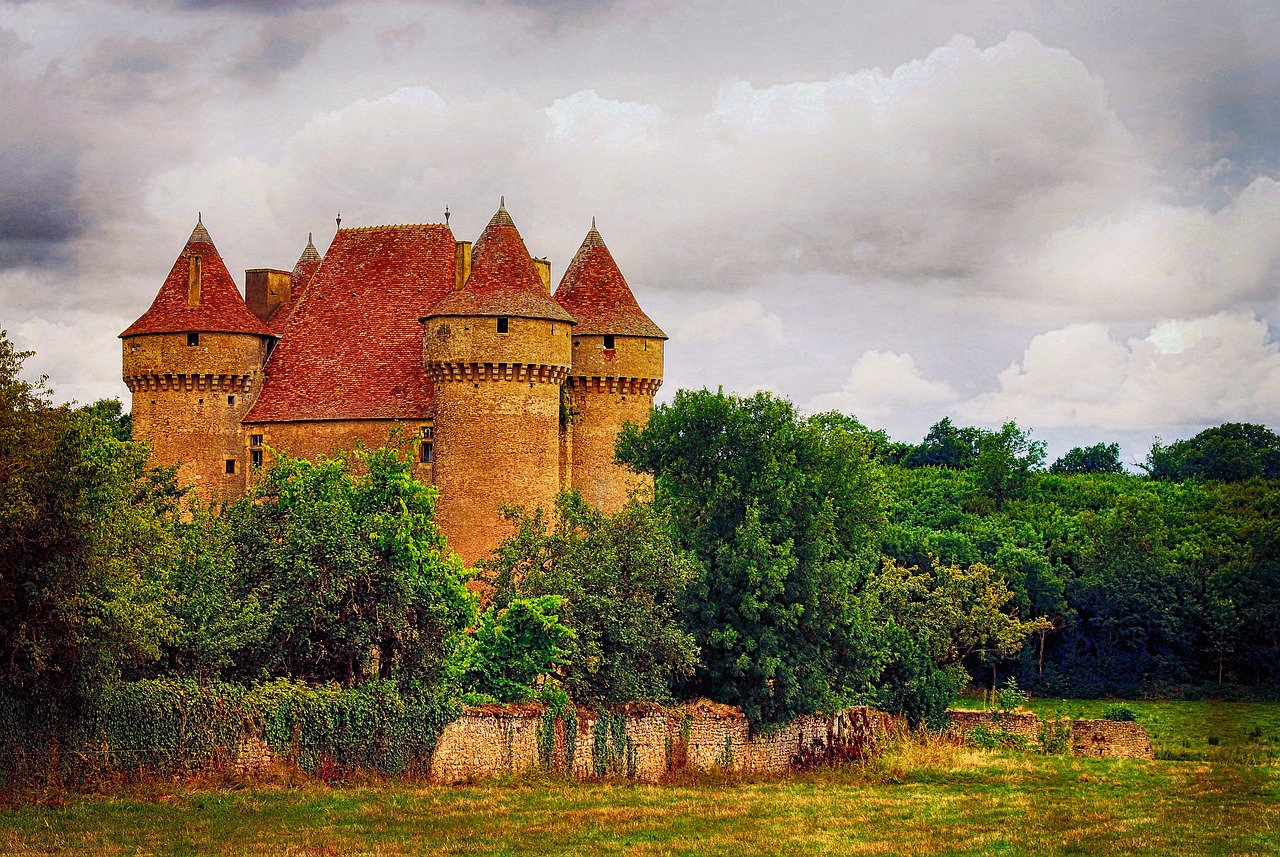
Technological Advancements of the Aegean Civilizations
Technological advancements played a crucial role in the development and prosperity of the Aegean civilizations, shaping their societies and influencing future generations. One of the remarkable achievements of these ancient cultures was their architectural engineering, evident in the construction of grand palaces, fortifications, and tombs. The Minoans, for instance, utilized advanced techniques to create multi-story structures with intricate layouts, showcasing their mastery in urban planning and design.
Moreover, bronze metallurgy was a significant technological innovation of the Aegean civilizations, enabling them to produce tools, weapons, and elaborate metalwork. The Mycenaeans, known for their warrior culture, utilized bronze weapons and armor, showcasing their expertise in metal crafting. This technological advancement not only enhanced their military capabilities but also facilitated trade and craftsmanship within their societies.
Shipbuilding techniques were another area of expertise for the Aegean civilizations, allowing them to navigate the vast Mediterranean Sea and establish extensive maritime trade networks. The Cycladic culture, with its seafaring tradition, developed efficient vessels that facilitated commerce and cultural exchange with distant lands. These ships not only carried goods but also ideas, beliefs, and artistic influences, contributing to the interconnectedness of the ancient world.
In terms of agricultural practices, the Aegean civilizations implemented innovative methods to cultivate the land and sustain their growing populations. Terraced farming, irrigation systems, and crop diversification were common strategies employed to maximize agricultural output and ensure food security. The fertile soil of the Aegean islands and coastal regions provided an ideal environment for experimentation and agricultural development.
Overall, the technological advancements of the Aegean civilizations were instrumental in shaping their societies and leaving a lasting impact on subsequent cultures. From architectural marvels to maritime prowess, from metalworking to agricultural innovation, these ancient civilizations demonstrated a remarkable level of ingenuity and resourcefulness that continues to inspire and intrigue scholars and enthusiasts alike.

Decline and Legacy of the Aegean Civilizations
As we delve into the history of the Aegean civilizations, we inevitably encounter the poignant tale of their decline and the enduring legacy they left behind. The once flourishing Minoan, Mycenaean, and Cycladic cultures faced various challenges that ultimately led to their downfall, leaving behind a rich heritage that continues to captivate modern minds.
One of the key factors contributing to the decline of the Aegean civilizations was the occurrence of natural disasters, such as earthquakes and volcanic eruptions. These catastrophic events not only caused widespread destruction but also disrupted the socio-economic stability of the ancient societies, making it difficult for them to recover fully.
Furthermore, invasions from external forces played a significant role in weakening the once mighty Aegean civilizations. The Mycenaeans, in particular, faced invasions from the Sea Peoples, contributing to the destabilization of their political structures and eventual collapse. The constant threat of external aggression posed a formidable challenge to the defense capabilities of these ancient cultures.
Internal conflicts and power struggles also plagued the Aegean civilizations, leading to social unrest and fragmentation within their societies. The struggle for dominance, control over resources, and disputes among ruling elites further exacerbated the existing vulnerabilities of these ancient cultures, hastening their decline.
Economic downturns, triggered by factors such as trade disruptions, resource depletion, and changing market dynamics, also played a crucial role in the decline of the Aegean civilizations. The once thriving trade networks faltered, leading to a decline in prosperity and diminishing the economic foundation upon which these societies were built.
Despite their eventual decline, the Aegean civilizations left behind a lasting legacy that continues to influence art, literature, mythology, and archaeology to this day. The intricate frescoes of the Minoans, the heroic tales of the Mycenaeans, and the elegant figurines of the Cycladic culture serve as a testament to the creative and intellectual achievements of these ancient peoples.
Moreover, the myths and legends that emerged from the Aegean civilizations, such as the stories of Theseus and the Minotaur, the Trojan War, and the adventures of Odysseus, have permeated Western culture and inspired countless works of art and literature. The enduring legacy of these ancient cultures serves as a reminder of the resilience and creativity of humanity in the face of adversity.
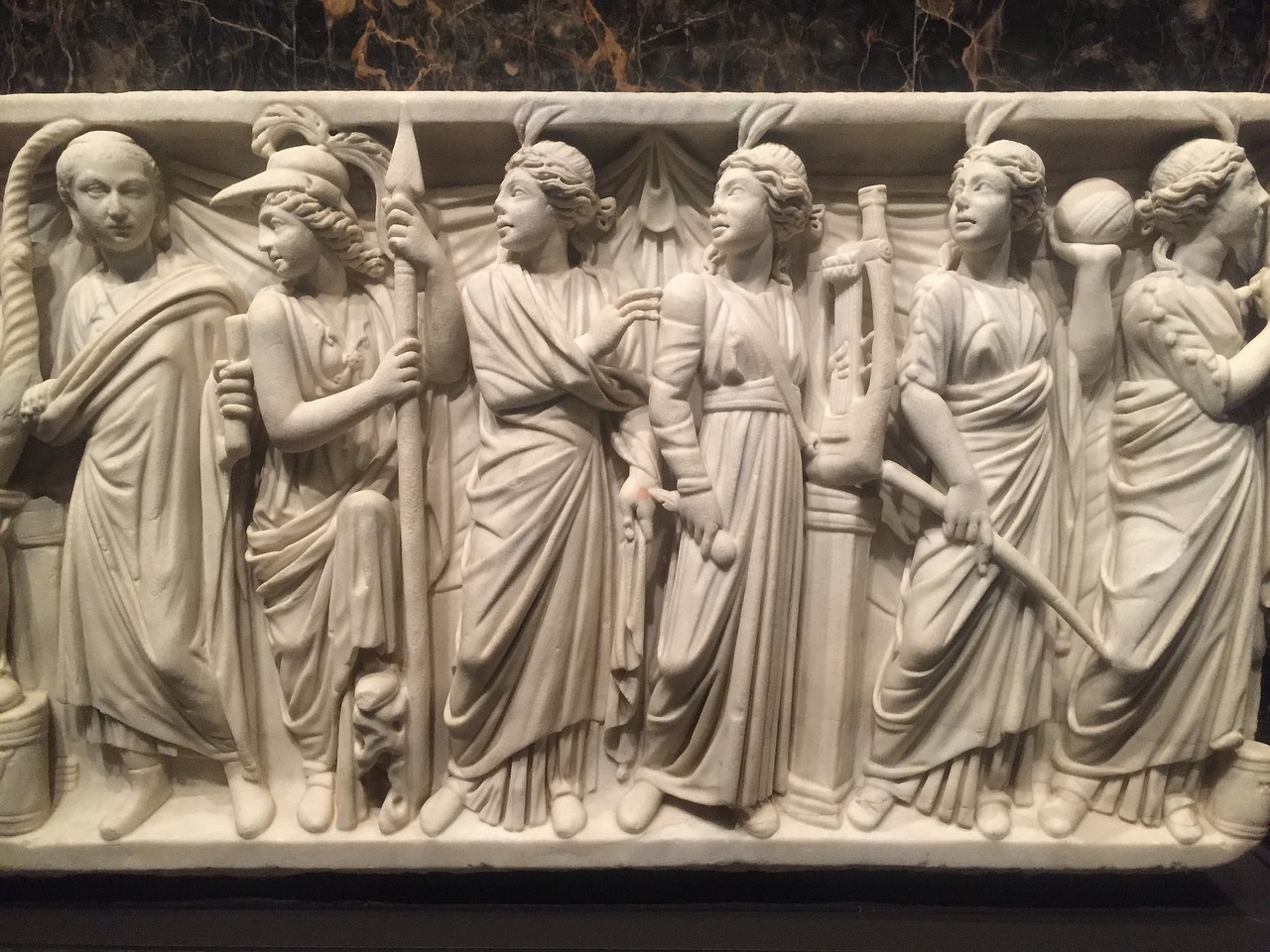
Modern Discoveries and Interpretations
Exploring recent archaeological discoveries, scientific analyses, and scholarly interpretations that shed new light on the Aegean civilizations is like piecing together a fascinating puzzle of the past. The modern discoveries in this region have unveiled hidden aspects of these ancient cultures, challenging previous assumptions and sparking new debates among historians and archaeologists.
One of the most intriguing findings in recent years is the interpretation of Linear B script, which was used by the Mycenaeans for administrative purposes. Through meticulous study and comparison with other ancient scripts, scholars have made significant progress in deciphering this early form of writing, providing valuable insights into Mycenaean society, economy, and governance.
Moreover, advanced scientific analyses of artifacts, such as pottery, tools, and human remains, have revolutionized our understanding of daily life in the Aegean civilizations. Isotopic studies of skeletal remains have revealed details about diet, migration patterns, and social interactions, painting a more nuanced picture of the diverse populations that inhabited these ancient lands.
Recent archaeological excavations have unearthed new structures, artifacts, and burial sites, enriching our knowledge of the architectural achievements, artistic expressions, and burial customs of the Minoans, Mycenaeans, and Cycladic peoples. These discoveries not only expand our archaeological record but also challenge previous theories about the development and interactions of these civilizations.
Furthermore, ongoing research projects focus on using cutting-edge technologies, such as 3D scanning, remote sensing, and DNA analysis, to delve deeper into the mysteries of the Aegean civilizations. By combining traditional excavation methods with modern scientific approaches, archaeologists are able to reconstruct ancient environments, trace trade networks, and unravel the intricate connections between different cultures in the region.
Frequently Asked Questions
- What were the main contributions of the Aegean civilizations to art and architecture?
The Aegean civilizations, including the Minoans, Mycenaeans, and Cycladic cultures, made significant contributions to art and architecture. The Minoans are known for their vibrant frescoes and intricate pottery, the Mycenaeans for their fortified citadels and warrior culture, and the Cycladic people for their elegant marble figurines and minimalist aesthetics.
- What caused the decline of the Aegean civilizations?
The decline of the Aegean civilizations was influenced by various factors, including natural disasters, invasions, internal conflicts, and economic downturns. These factors, combined with other external pressures, ultimately led to the collapse of these ancient cultures.
- How did the Aegean civilizations influence modern societies?
The technological advancements, artistic achievements, and trade networks of the Aegean civilizations had a lasting impact on subsequent societies in the Mediterranean and beyond. Their innovations in architecture, metallurgy, and maritime trade laid the foundation for future developments in these areas.



